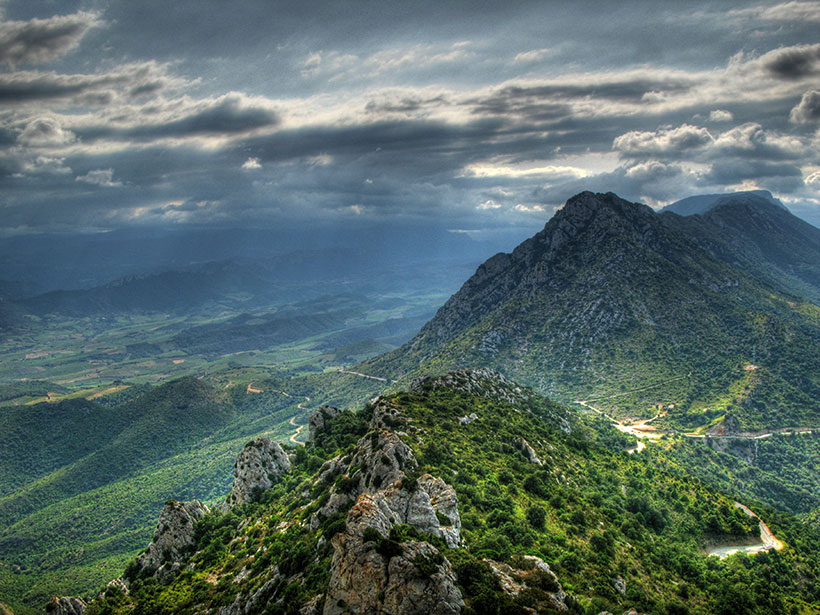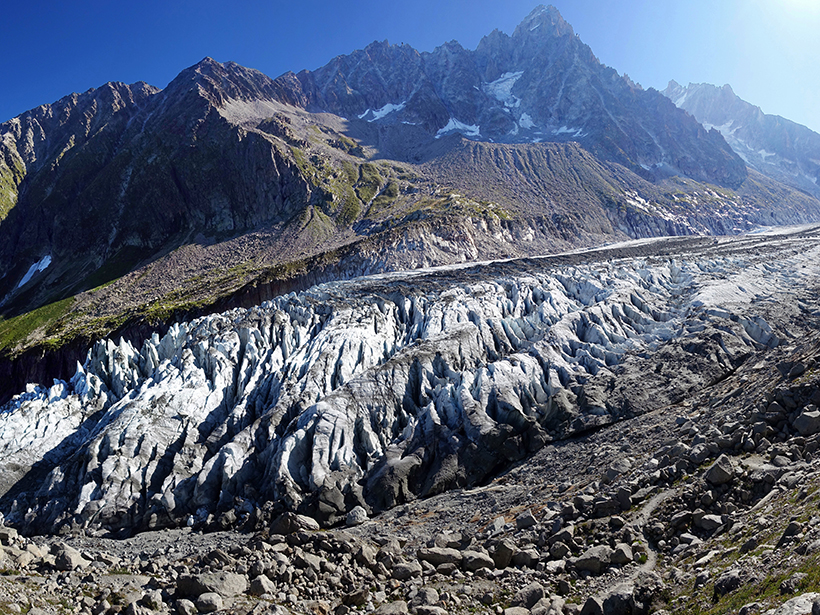New insights from observations and theory suggest that the essential drivers of Earth’s summer monsoons are not as obvious as was previously thought.
precipitation
How Heavy Rain and Drought Influence California Crustal Strain
New research using continuous GPS data reveals how multiyear precipitation patterns can amplify the effects of hydrological loading on crustal deformation.
Dirty Trees Shape Earth’s Hydrologic and Carbon Cycles
Researchers peer into precipitation partitioning—the process by which plants and the organic matter coating them help shape the hydrologic cycle.
Regional Sensitivities Strongly Affect Modeled Climate Extremes
Analysis of temperature and precipitation extremes in two generations of CMIP climate models revealed similarities in regional climate sensitivities, contrasting with divergent global sensitivities.
Ice from Above: Toward a Better Understanding of Hailstorms
Globally relevant and locally devastating, hailstorms produce significant societal impacts; despite this, our understanding of hailstorms and our ability to predict them is still limited.
A New Dataset of Temperature and Precipitation Extremes
HadEX3 is an updated dataset of gridded temperature and precipitation extremes, that covers the period of 1901 to 2018 and has improved spatio-temporal coverage.
Precipitation Plays a Key Role in Glacial Erosion
After comparing the climatic conditions at dozens of glaciers worldwide, researchers find that precipitation, not temperature, is the leading environmental factor driving glacial erosion.
Microphysics and Positive Lightning in Hokuriku Winter Clouds
The microphysics of the frequent, and frequently positive, lightning of Hokuriku winter clouds was investigated by systematic, in situ observation of individual precipitation particle type and charge.
Atmospheric Rivers Have Different “Flavors”
New research is helping scientists understand why moisture-laden atmospheric rivers of similar intensities have different effects on land.
Atmospheric Rivers Trigger Heavy Snowmelt in Western USA
A rare atmospheric phenomenon that transports large quantities of water vapor into the coastal watersheds of the western USA is responsible for up to 10–20% of intense snowmelt events in the region.










